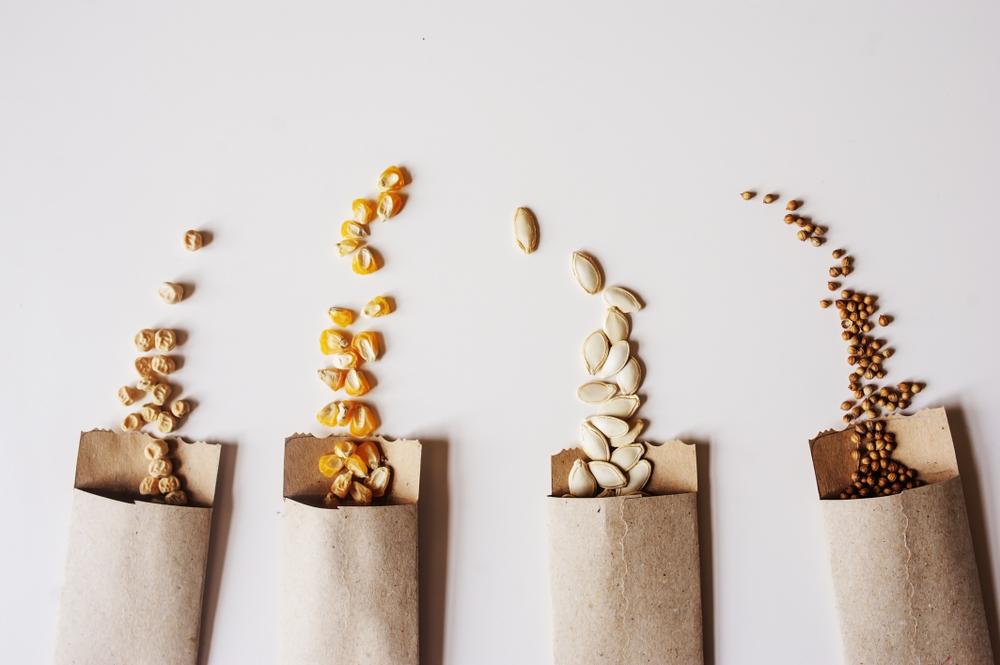Step away from the Burpee and Gurney’s catalogs. Saving seeds from the best of the current harvest is relatively straightforward and a natural next step in the evolution of the home gardener that allows one to release their inner scientist. It’s an exercise in self-sufficiency, with a dash of plant biology thrown in.
Choosing to harvest seeds from the plants with the most desirable characteristics from each season, such as plant size, yield, fruit quality, taste, etc., ensures that those qualities will be handed down to the next generation.




